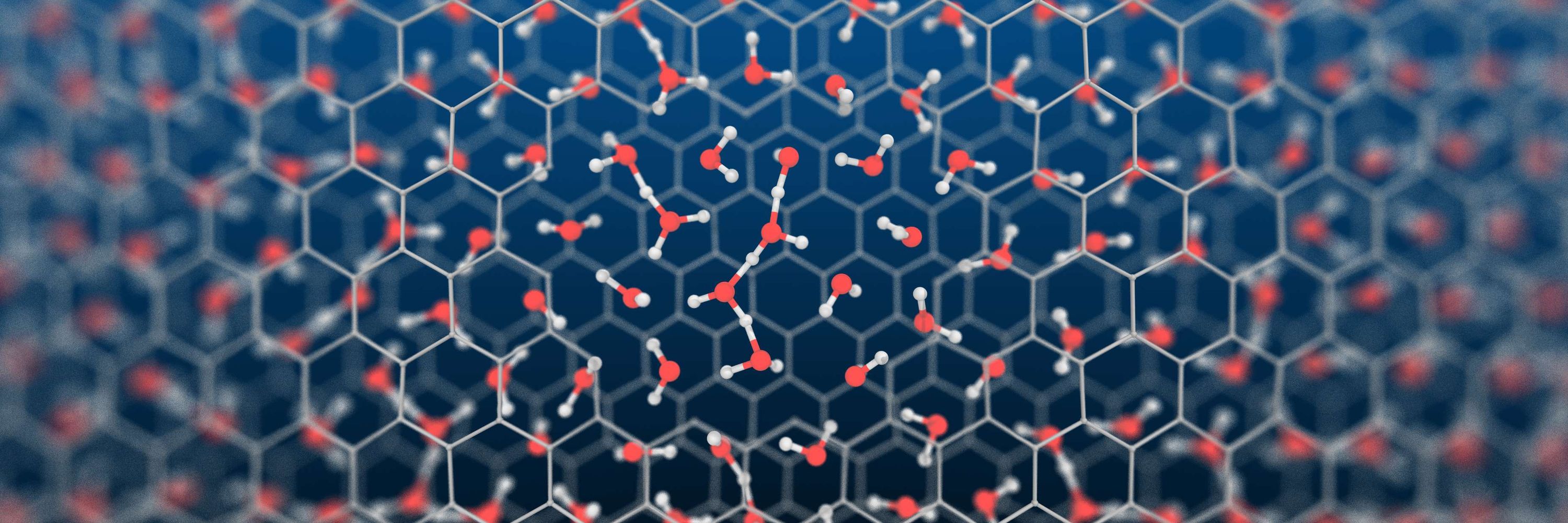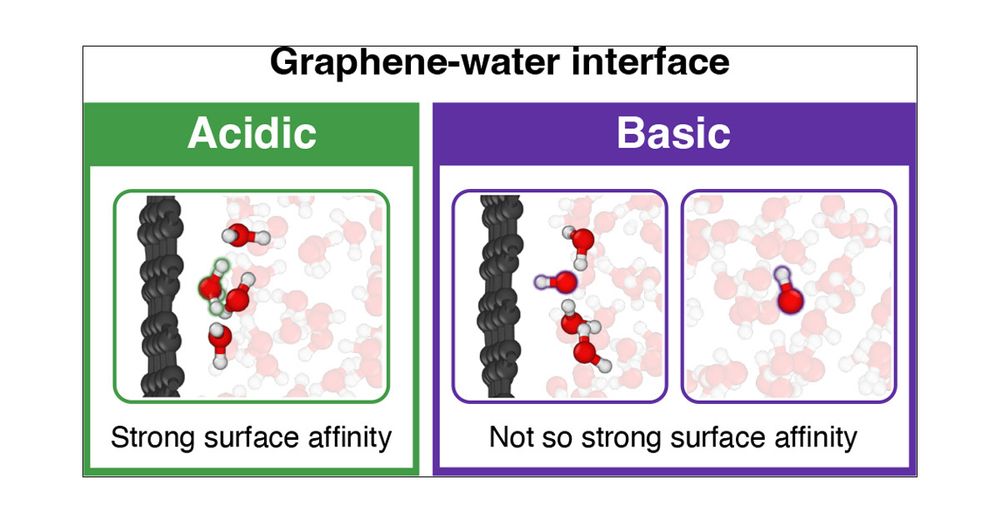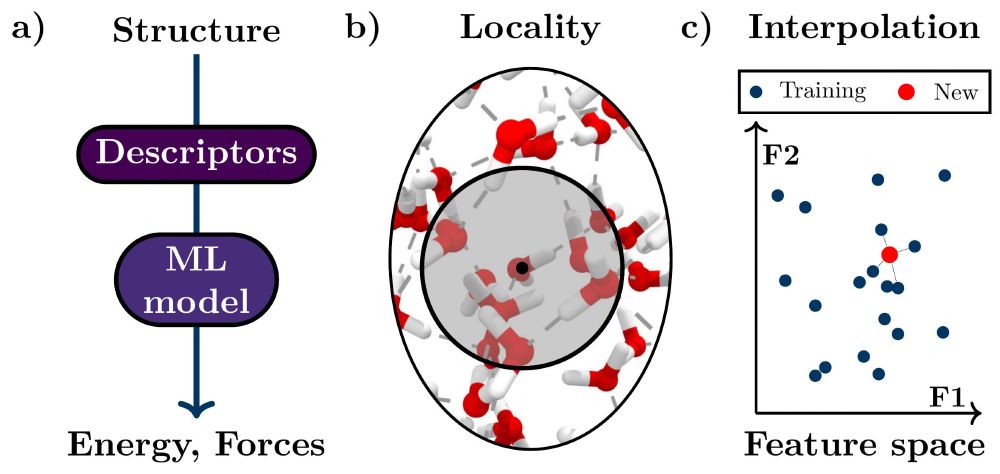
Group leader of the FAST group: https://www.fast-group.phy.cam.ac.uk/
News story: www.phy.cam.ac.uk/news/new-in-...
PNAS: www.pnas.org/doi/10.1073/...

News story: www.phy.cam.ac.uk/news/new-in-...
PNAS: www.pnas.org/doi/10.1073/...
Using ML-driven MD simulations, we uncover why hydronium prefers the graphene–water interface while hydroxide does not. 💧⚡🔬
🔗 doi.org/10.1021/acsn...

www.ks.uiuc.edu/Research/vmd...

www.ks.uiuc.edu/Research/vmd...

We want to give a light intro into the field for new starters going from the historical developments to latest developments on going beyond locality to foundation models.
dx.doi.org/10.1088/1361-648X/ad9657

We want to give a light intro into the field for new starters going from the historical developments to latest developments on going beyond locality to foundation models.
dx.doi.org/10.1088/1361-648X/ad9657
Full details about the work here: www.nature.com/articles/s41...
Full details about the work here: www.nature.com/articles/s41...

